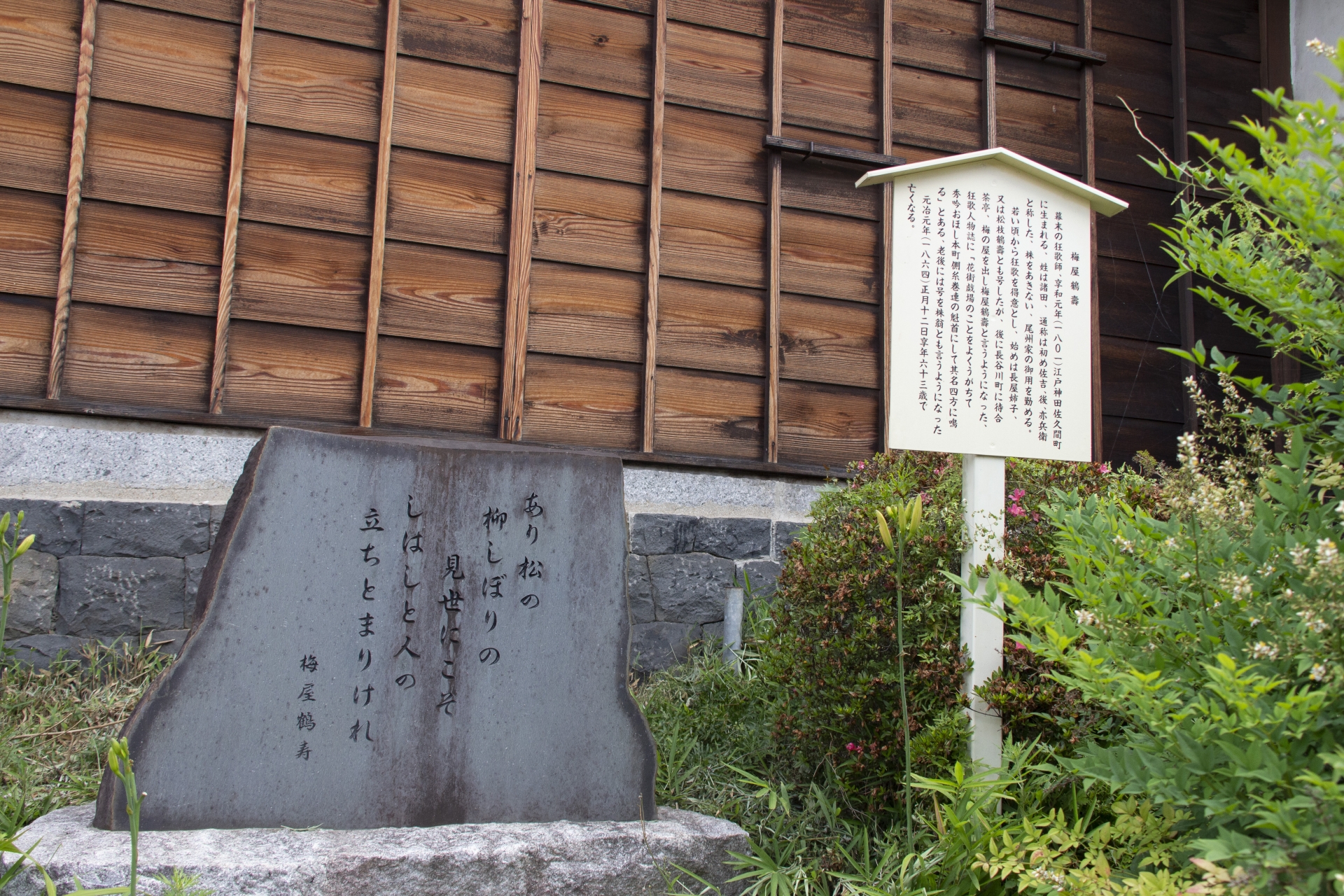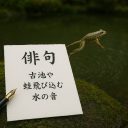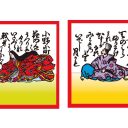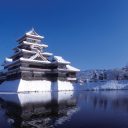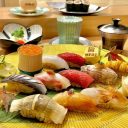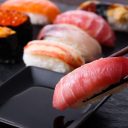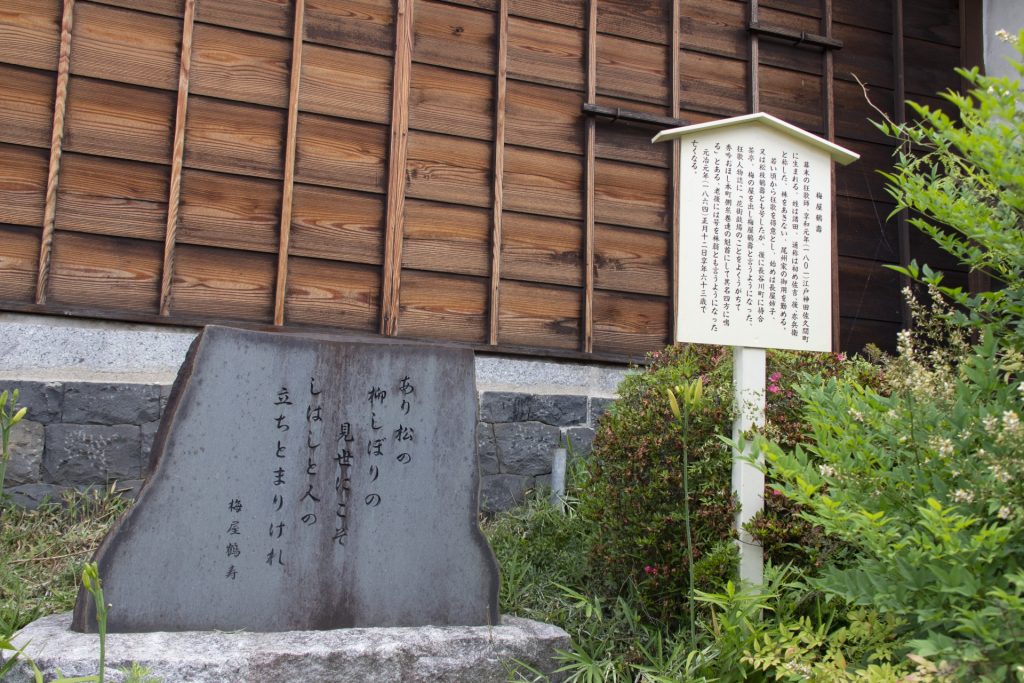
In the last two Volumes, we looked at Tanka (短歌) and Haiku (俳句) as two well-known traditional poem styles in Japan. In this Volume, let us look at Kyōka (狂歌) and Senryū (川柳) which are also similar but essentially different poetic forms. In other words, though Tanka and Kyōka, and Haiku and Senryū, may appear alike, they differ in nature and tone.
A brief history of Kyōka (狂歌)
The word Kyō (狂) in Kyōka literally means “crazy” or “madness”, but in the word Kyōka, it means a “humorous” or “witty”, hence Kyōka is a humorous or witty poem. Kyōka follows the same form as Tanka, in other words, a 5-7-5-7-7 metre pattern whose pattern sounds pleasant to Japanese ears as explained in the previous Volumes.
The word Kyōka first appeared during the Heian jidai (平安時代 794-1192), together with Rakusho (落書), graffiti-type papers written anonymously that are satirical and mock or caricature the upper class people and how they handle the management of society, but they were not properly documented and it is unknown how popular or wide-spread they were. In the middle of Edo jidai (江戸時代 1603-1868), Kyōka became popular as an independent genre and set itself apart from Tanka. There were a few relatively well-known Kyōka poets who had humorous pen-names such as Ōta Nanpo (大田南畝) , meaning “large paddy field, how many acres” and Yadoya-no-Meshimori (宿屋飯盛), meaning “meal servant at an inn”. However, Kyōka began to lose its popularity since the beginning of the Meiji jidai (明治時代 1868-1912), partly because there had developed more means to express criticism and anger against the government and their handling of social issues, and partly because there was a flood of new western culture capturing more people.
Basic characteristics of Kyōka (狂歌)
There are broadly two types of Kyōka. One is called Honkadori (本歌取り) . “Honka” or “Motouta” means the original poem, namely Tanka. It is a refined technique in classical Japanese poetry, allowing poets to showcase their knowledge and sensitivity by echoing earlier works. Usually, poets change one or two parts of the original poem and replace them with their new ideas or interpretations to show their innovative ideas or slightly different viewpoints from the original poem while maintaining the same or similar place, time, environment and season and so on. In addition, some Kyōka put a twist on a few words of the original poem and give the poem a completely different meaning from the original by playing on words or the use of puns and homophones.
The second type of Kyōka is aiming at humorous and satirical poems without any reference to the classical poems, Tanka, to caricature or criticise the establishment, both public and private, on various issues in society.
A couple of examples of Kyōka (狂歌)
Tanka, as a Honka (本歌), by Saigyō (西行) (1118-1190) Classical poet
吉野山 去年の枝折の 道かへて まだ見ぬ方の 花をたずねむ
Yoshinoyama Kozo no shiori no Michi kaete Mada minu kata no Hana o tazunemu (Mount Yoshino I will change my path From last year’s broken twig And view cherry blossoms I have not yet seen)
Kyōka by Ki no Sadamaru (紀定丸) (1760-1841)
吉野山 去年の枝を 見ちかへて うろつくほどの 花盛りかな
Yoshinoyama Kozo no shiori o Michigaete Urotsuku hodo no Hanazakari kana (Mount Yoshino the flowers are in full bloom I wander around having mistaken the twig I broke last year)
Kyōka by Ōta Nanpo (大田南畝)
名月を 取ってくれろと 泣く子かな それにつけても 金の欲しさよ
Meigetsu o Totte kurero to Naku ko kana Sore ni tsukete mo Kane no hoshisa yo (A child cries, “Please fetch me the bright full moon” – And that reminds me how I long for money, too), (A child weeps, wanting the moon in the sky – And I the money I can’t reach) or (“Get me the moon!” the child sobs and pleads – How I share that feeling… for money!)
This Shimo-no-ku (下の句), lower verse or second part, the last two lines (the 7-7 part),「それにつけても 金の欲しさよ」(Sore ni tsukete mo Kane no hoshisa yo) fits perfectly in with any Kami-no-ku (上の句), upper verse or first part, the first three lines (the 5-7-5 part), even if it doesn’t make any sense at all, so it is often used in many Kyōka for fun.
A brief history of Senryū (川柳)
Senryū became popular in the middle of Edo jidai (江戸時代 1603-1868) when a collection of
humorous and satirical Haiku was selected by Karai Senryū (柄井川柳 1718-1790), a Haikai (俳諧) poet, and was published as Haifū Yanagidaru (誹風柳多留 1765) which triggered popularity of this genre among ordinary people. The word Senryū derives from his name. Haifū Yanagidaru had been continuously published until 1838, towards the end of Edo jidai, with 167 issues. Senryū up to this period are often referred to as Kosenryū (古川柳 old senryū).
Nowadays, Senryū is very popular and there are a lot of contests or competitions calling for participation with opportunities of various media exposure. One annual contest which stands out above others is called Sarariiman Senryū (サラリーマン川柳 humorous Senryū by Office Workers). They succinctly reflect everyday corporate life in Japan and many people agree with the contents of these Senryū.
Basic charcteristics of Senryū (川柳)
Senryū has the same metre of 5-7-5 as Haiku, but there are no rules like kigo (季語 seasonal reference) and kire (切れcutting) or kireji (切れ字 cutting word) that Haiku does. Spoken language is predominantly used and, unlike Kyōka, it is getting popular year by year. When Haiku poets are more inclined to use spoken words these days, it is interesting to observe that some Senryū poets started to use more classical words and expressions in order to seek more poetic effects.
A couple of examples of Senryū (川柳)
From Haifū Yanagidaru (誹風柳多留 1765)
泥棒を 捕えてみれば 我が子なり
Dorobō o Toraete mireba Wagako nari (When I catch The robber My own son)
From the first contest of Sarariiman Senryū (サラリーマン川柳) 1987
いい夫婦 今じゃどうでも いい夫婦
Ii fūfu Ima ja dōdemo Ii fūfu (A perfect couple – Now just a couple, Perfectly indifferent.) or (Once an ideal couple, we just deal with each other.)
As you can see, it is hoped, both Kyōka and Senryū are fun and easy to create by yourself without asking someone to teach you. Enjoy!
Author
Shunichi Ikeda
BAS Hons (ANU)
MEd (SUNY at Buffalo)
Visiting Fellow, ANU College of Asia and the Pacific
